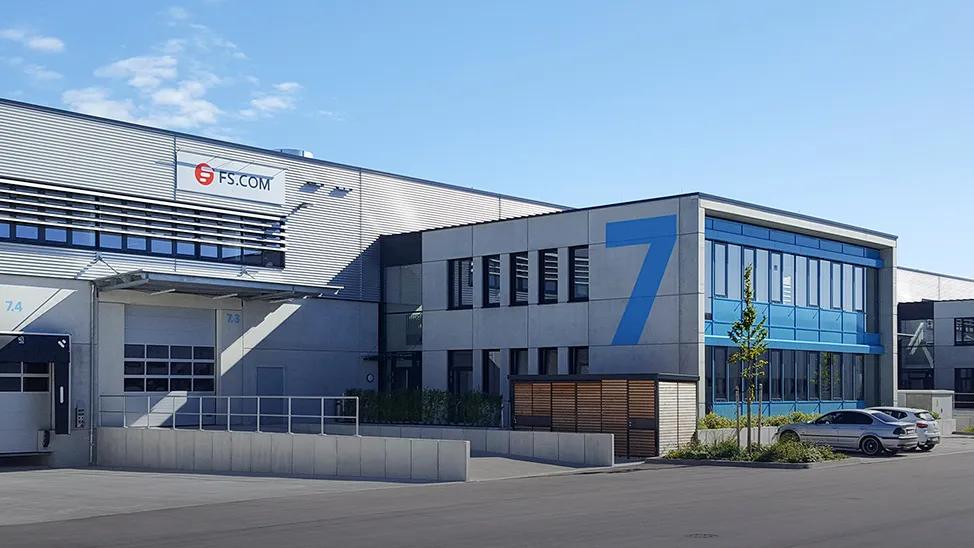Aramid Yarn
What Is the Aramid Yarn?
Aramid yarn is a high-strength synthetic fiber known for its exceptional tensile strength and heat resistance. It is made from a class of synthetic fibers called aramids, with the most well-known brand being Kevlar®. Aramid yarn consists of long chains of polyamide molecules linked by hydrogen bonds, giving it its unique properties.
What Are the Factors Contributing to Latency?
The following are some of the main characteristics of aramid yarn to explain why it can be used in fiber optics:
-
Strength: Aramid yarn exhibits an excellent strength-to-weight ratio, making it stronger than steel on a weight basis. It is renowned for its exceptional tensile strength, which makes it suitable for applications requiring high strength and durability.
-
Heat Resistance: Aramid yarn has remarkable heat resistance, retaining its mechanical properties even at elevated temperatures. It has a high melting point and can withstand temperatures above 500°C (932°F) without significant degradation.
-
Flame Resistance: Aramid yarn is inherently flame-resistant, meaning it does not support combustion or melt when exposed to flames. This property makes it valuable in applications that require protection against heat and fire hazards.
-
Abrasion Resistance: Aramid yarn has excellent resistance to abrasion, making it suitable for applications where durability and resistance to wear are essential. It can withstand repeated rubbing or friction without significant loss of strength.
-
Chemical Resistance: Aramid yarn exhibits resistance to many chemicals, including acids, alkalis, and organic solvents. This property allows it to maintain its strength and integrity when exposed to various corrosive substances.
-
Low Electrical Conductivity: Aramid yarn is electrically non-conductive, providing insulation properties. It is often used in applications where electrical insulation is required or where the presence of electrically conductive materials could pose risks.
What Kinds of Environment Can Aramid Yarn Be Utilized?
Aramid yarn can be used in optical fiber applications in a variety of environments due to its excellent mechanical and thermal properties. Here are some environments where aramid yarn is commonly used in optical fiber applications:
-
Outdoor Environments: Aramid yarn is suitable for outdoor optical fiber installations. It can withstand exposure to sunlight, moisture, and temperature variations. Outdoor fiber optic cables often incorporate aramid yarn as a strength member to provide mechanical support and protect the delicate optical fibers from environmental factors.
-
Harsh or Industrial Environments: Aramid yarn is known for its durability and resistance to abrasion and chemicals. Therefore, it is suitable for optical fiber applications in harsh or industrial environments. These may include installations in factories, power plants, oil refineries, mining operations, or any environment with exposure to chemicals, dust, vibrations, or mechanical stress.
-
Aerial Installations: Aramid yarn is commonly used in aerial optical fiber installations, where cables are suspended between poles, towers, or other structures. It provides strength and support to the cables, ensuring they can withstand the tension and environmental conditions associated with such installations.
-
Underwater or Submarine Deployments: Aramid yarn can be utilized in optical fiber cables designed for underwater or submarine deployments. These cables are engineered to withstand the challenges of subsea environments, including water pressure, temperature fluctuations, and potential mechanical stress.
In all these environments, aramid yarn serves as a strength member in optical fiber cables, providing structural integrity, protecting the delicate optical fibers, and ensuring the cables can withstand mechanical stresses and environmental conditions. However, it's important to note that aramid yarn alone may not provide adequate protection in extreme conditions, such as direct exposure to flames or highly corrosive environments. In such cases, additional protective measures may be necessary.

-
Data Center Structured Cabling Solution
Currently, the industry is driving the evolution of data center networks towards full Ethernet, and it is gradually becoming a fact standard in data center networks scenarios. The Ethernet-based data center network enables general-purpose computing and st
-
Fiber Optic Cabling Solutions for Small Data Centers
The wiring density in the traditional data center is low and occupies a large space; and the traditional wiring products used are single, which makes it very difficult to lay and manage cables, and is not conducive to future business needs to expand capac
-
Data Center High-speed Cabling Solution
With the massive construction of data centers, the data center cabling market has higher requirements for products than those of the traditional cabling market. Therefore, standard modular design, reliable products, easy and flexible expansion have become


